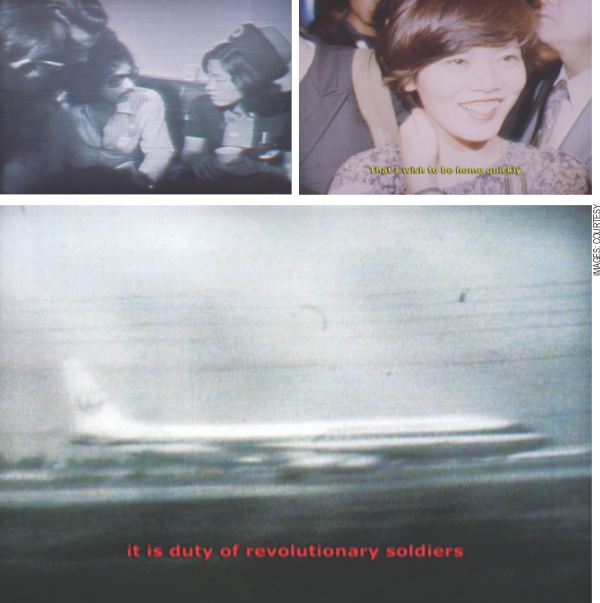| Home - Back Issues - The Team - Contact Us |
 |
| Volume 11 |Issue 22| June 01, 2012 | |
|
|
Film
An Unusual Theatre Experience Bikash Chandra Bhowmik
The film ‘United Red Army’ by Naeem Mohaiemen - a writer and visual artist,asks questions such as “What is film? What was film? And what will film be?” He also complicates the functions of the audiences in the theatre. It is a 70-minute film about the 1977 hijacking of Japan Airlines Flight JAL 472. The hijacking took place by a unit of Japanese Red Army (JRA). The film is a recollection of Mohaiemen's personal memory as a frustrated eight-year-old boy whose favourite TV show The Zoo Gang was superseded by the live broadcast of the hijacking-hostage crisis. The conflict of the film grows out of disembodied verbal interaction between the negotiator of the crisis and the JRA member while the story of the film is moved forward because of the psychological dimensions of their interaction – from the point-of-departure of their relationship to break-up. The film begins with off-screen voices of some people who are working at the control tower of Dhaka Airport of Bangladesh. An ether connection has been established between the Japan Airlines Flight and the control tower of the airport. In a few seconds, another off-screen voice that announces the hijacking is heard and seen on screen. A G Mahmud, Air Vice Marshal of Bangladesh Air Force of that time, as negotiator, responds to Dankesu, representative of the hijacking unit. No visuals of the sources of voices are shown; only the supporting texts of the voices are seen on screen. The interactions between the negotiator and Dankesu continue in this way throughout the film. The audience comes across the visuals for the first time in the 6.07th minute. The audience is then shown aircraft and successively the control tower and other related visuals supported by voice-over narration. The total length of visuals used in this film is approximately 29 minutes which is less than half of screening time and for the remaining 40 minutes (approximately) of the film the director relies on off-screen voices and coloured texts that appear on screen synchronising with the voices of the negotiator and Dankesu including some few off-screen voices from the control tower. In the complete absence of visuals the audience depends merely on the voices and supported texts to make any meaning of the film.
The film instigates me to explore what happens during the screening of United Red Army. What I have found is very surprising. The technique that has been used to make this film gives me an opportunity to approach things differently. Though on screen there are absences of visuals for a long time aggregately, but actually there are visuals. It might provoke film scholars to comprehend film differently. Bikash Chandra Bhowmik is Lecturer in the Media Studies department of University of Liberal Arts, Bangladesh (ULAB).
Copyright
(R) thedailystar.net 2012 |


